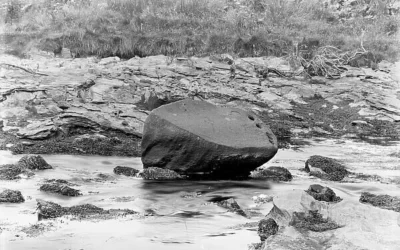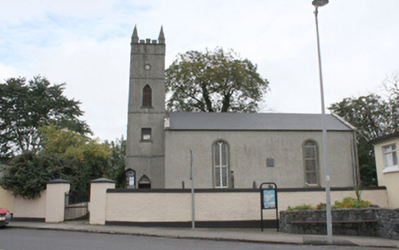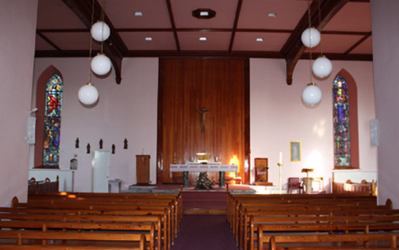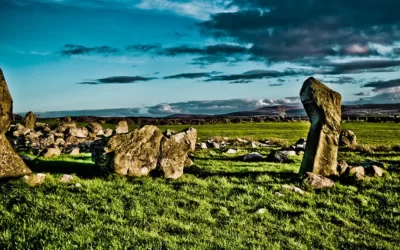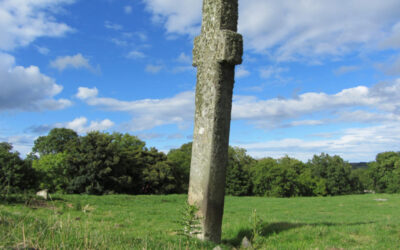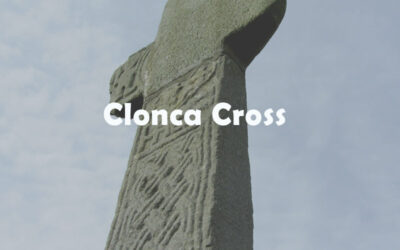The Holy well of St. Buadan, Culdaff
St Buadan’s Holy Well
Location : The well is located behind the Protestant church in Culdaff
Holy wells are places of popular religious devotion where people come to pray and leave simple offerings. Holy wells invariably tend to date from pre-Christian times, during which they served as a form of natural religion in which the well was held to be sacred
In some places, rags, handkerchiefs or clothes are tied to the trees above or around the well. In many instances the piece of cloth was red as it was believed that the colour red would resist the power of evil spirits. The idea about this custom is that as the rag rots away, so too does the illness.
This information is from the Folklore Collection :
(The School Folklore Collection : Volume 1114, Page 252.)
The exact curing properties of the well are not stated. Folklore believes some have been restored to health by drinking this water.
In the 1930s, many people still made the ‘turas’ and lifted water from the well.
When Saint Bodan came to this well he said Mass on three steps and blessed them. He tied his boat to a rock nearby. Then he sailed under the bridge to the other side and here he left his boat.
These three steps, at the well, at the place where he tied his boat when he was saying mass are yet to be seen, and the boat is there yet in the form of a hollow stone.
A very strange boat made of stone and named St. Boeden’s boat is in this parish.
It is to be seen in the Culdaff river, just at the village of Culdaff. It is like a small boat and it is said that St. Boedan took it with him from Scotland when he came to Culdaff.
People have great respect for this boat and they say that if any disrespect is shown to it bad luck will come. About thirty years ago two school-boys began to throw stones at it and that same evening ? took sick and one had to be taken to the priest. He got better. But the other ? did no go is lame from that day to this day.
(The School Folklore Collection)
Saint Boden is the patron saint of Culdaff, Inishowen, Donegal. He promised that no harm would come to any boat launched at Bunagee. The bell of Saint Boden, as used in the monastery, is still held in the parish and is used on special ceremonial occasions.
Boden worked on the missions in Scotland. His stone boat is preserved in Culdaff river on the north side of the bridge.
There is a pool in Culdaff river called the Lionadh (the reflux of the tide) now filled in or perhaps silted) where cows came to cool themselves in hot weather.
In 1890 William J. Doherty, an engineer born in Buncrana, described three rough-hewn steps that went down to the pool where a turas (pilgrimage) was made and where Saint Boden is said to have regularly prayed.

